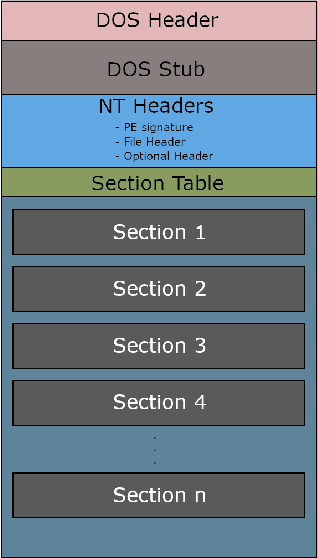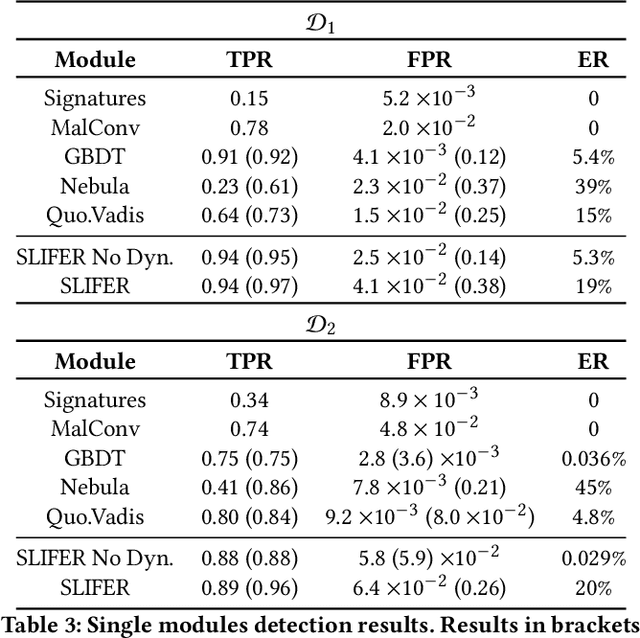SLIFER: Investigating Performance and Robustness of Malware Detection Pipelines
Paper and Code
May 23, 2024



As a result of decades of research, Windows malware detection is approached through a plethora of techniques. However, there is an ongoing mismatch between academia -- which pursues an optimal performances in terms of detection rate and low false alarms -- and the requirements of real-world scenarios. In particular, academia focuses on combining static and dynamic analysis within a single or ensemble of models, falling into several pitfalls like (i) firing dynamic analysis without considering the computational burden it requires; (ii) discarding impossible-to-analyse samples; and (iii) analysing robustness against adversarial attacks without considering that malware detectors are complemented with more non-machine-learning components. Thus, in this paper we propose SLIFER, a novel Windows malware detection pipeline sequentially leveraging both static and dynamic analysis, interrupting computations as soon as one module triggers an alarm, requiring dynamic analysis only when needed. Contrary to the state of the art, we investigate how to deal with samples resistance to analysis, showing how much they impact performances, concluding that it is better to flag them as legitimate to not drastically increase false alarms. Lastly, we perform a robustness evaluation of SLIFER leveraging content-injections attacks, and we show that, counter-intuitively, attacks are blocked more by YARA rules than dynamic analysis due to byte artifacts created while optimizing the adversarial strategy.
 Add to Chrome
Add to Chrome Add to Firefox
Add to Firefox Add to Edge
Add to Edge